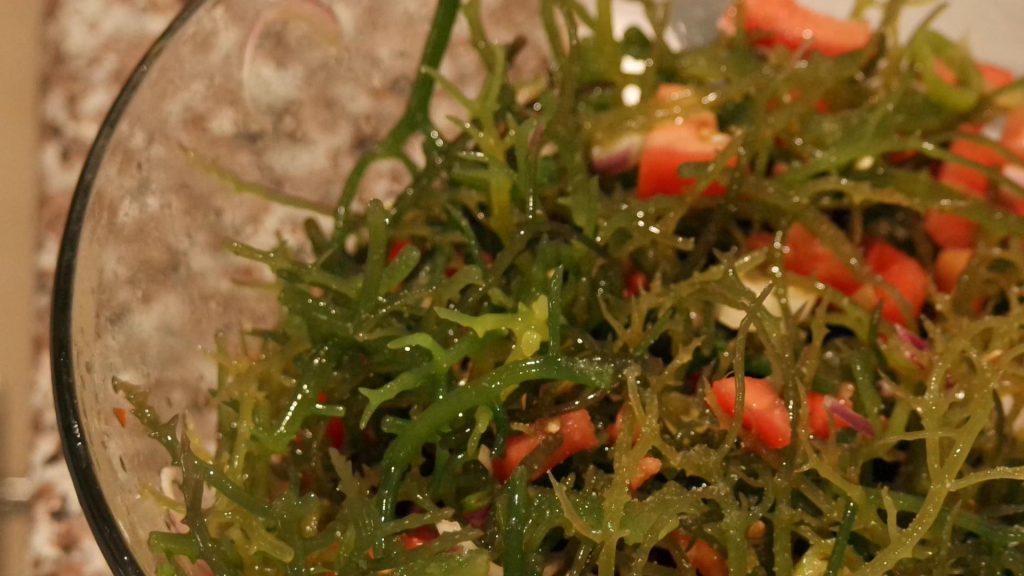

See also Munchkin Cat For Sale Malaysia ALON'94 BY:HALAMANG DAGAT – YouTube Lato, Sea Grapes, Latok, and Green Caviar are some of the names given to Caulerpa lentillifera. It is a type of edible seaweed common to the Philippines and nearby countries. This seaweed variety is the main ingredient for a popular Filipino salad called Ensaladang Lato which translates to Seaweed Salad.
LATO GUSO SEAWEED MANUAL
The Filipino version of the manual AEM 32 The farming of the seaweed Kappaphycus released in 2000.Halamang dagat Kilawing Halamang Dagat Or Gosu. Pag-aalaga ng halamang-dagat na Kappaphycus (2007) 24 pp Four culture methods are presented: fixed off-bottom, raft long-line (single or multiple), hanging long line, and polyculture of seaweeds with carnivorous fishes. Tigbauan, Iloilo, Philippines: Author.ĪEM 32 The farming of the seaweed Kappaphycus (2000) 26 ppĪ 24-page manual that introduces the carrageenan-producing seaweed Kappaphycus whose culture has spread from Jolo in Mindanao to at least 14 sites in the Visayas and Luzon. Initial weight of seedlings for four croppings (kg)Ĭost and returns analysis (PhP per year) (as of 2017) Investment cost Technical Assumptions for Multiple longline method Project duration (years)Įxpected weight of harvest (kg fresh weight/crop)Įxpected weight of harvest (kg fresh weight/year)įarmgate price of dried seaweeds (PhP/kg) For bigger volume and export purposes, store seaweeds by baling (stocking of seaweeds in sacks). Store dried seaweeds in a clean, cool, dry and well-ventilated place.Dry remaining seaweeds in hanging line or spreading out on the ground with drying mats or platforms.Set aside planting materials for next cropping (e.g.Clean the harvested seaweeds and remove: (a) non- Kappaphycus seaweeds, (b) silt and sand, and (c) other foreign particles.

Bring bamboo raft to the shoreline and untie seaweeds.Untie the seaweeds from the cultivation rope.Seaweeds are harvested for drying after 50 days of culture. Tie to PER (#8) and anchor to the bottom with a concrete block.Arrange both ends of several cultivation lines in parallel rows.Follow the same procedure in the preparation of seedlings for single hanging long line.Multiple hanging long line (1/2 ha = 4,500 m) Anchor one cultivation line on both ends with bamboo stake.ī.Tie seedlings (50 g/point) to 100 m-long PER (#8).However, this method needs a good support system by installing concrete anchors. Hanging long line – used in exposed deep-water areas (5-10 m deep) with moderate to strong water movement. Tie seedlings (50 g/point) to polyethylene rope (PER) #8 using strawlace while at the shore.
LATO GUSO SEAWEED INSTALL

There are two methods for deep-sea culture of Kappaphycus:Ī. Kappaphycus may be eaten but it is predominantly used as source of carrageenan which has a wide range of uses as an emulsifier, binder, gelling and thickening agent in food and non-food products. Likewise, it can provide alternative livelihood for coastal farmers. As an aquaculture enterprise, seaweed farming has been proven to be a top foreign exchange earner. It is also one of the top three marine-based export of the country. Kappaphycus, a red seaweed locally known as ‘guso’ or ‘tambalang,’ constitutes eighty percent of the Philippines’ seaweed export (BAS 2015). Green Kappaphycus ( Kappaphycus striatus) Brown Kappaphycus ( Kappaphycus alvarezii)


 0 kommentar(er)
0 kommentar(er)
